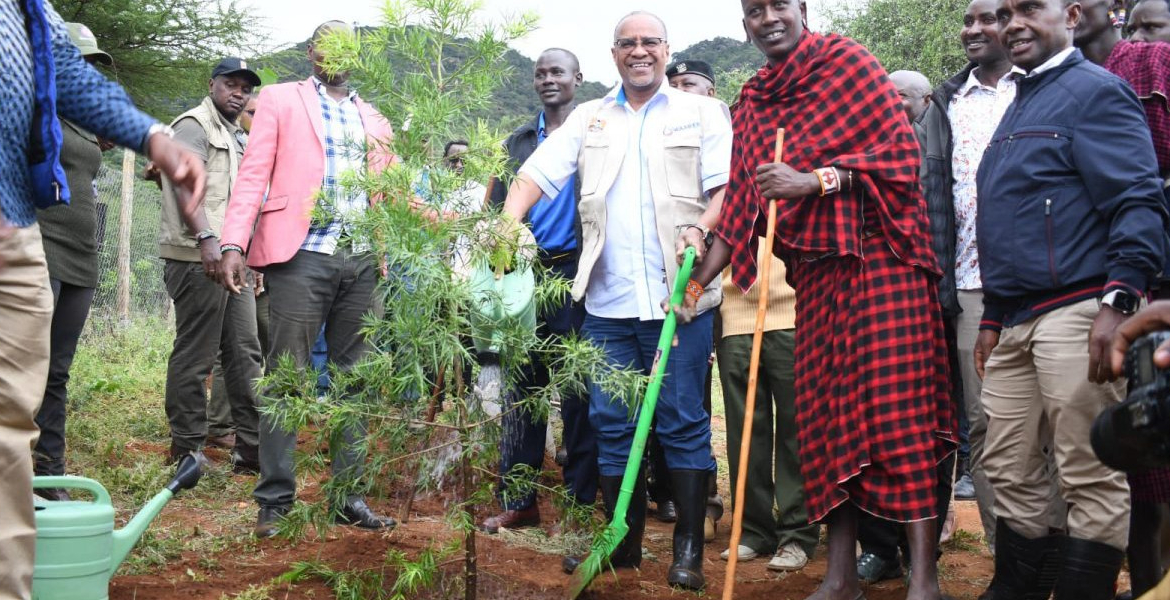Kenya’s Ambitious Plan to Plant 15 Billion Trees by 2032

As the short rainy season begins, Kenya is intensifying its commitment to plant 15 billion trees by 2032.
This ambitious project aims to fight climate change and restore damaged ecosystems. While the government reports progress, the initiative faces significant challenges, including logistical difficulties, inconsistent data, and scepticism from some parts of the public.
The ‘Jaza Miti’ campaign, led by the Kenya Forest Service (KFS), is at the heart of this national effort. Working with NGOs, businesses, and local communities, KFS says it has planted over 846 million tree seedlings in the past two years. The introduction of a digital geo-tagging system to track trees has revealed discrepancies in earlier reports.
Despite these issues, KFS is increasing seedling production through its network of nurseries and is involving private growers and community groups to ensure a steady supply. Training programmes for forestry officers are underway to improve the use of the digital system. Awareness campaigns in counties such as Baringo, Nakuru, and Kericho are encouraging more community participation during the critical rainy season.
However, the scale of the task remains daunting. To reach the 2032 goal, Kenya must plant and maintain an average of 1.5 billion trees every year, more than 4 million trees daily. With a backlog of over 2.2 billion seedlings, many conservationists worry that current efforts are insufficient. Joseph Kones, an environmental activist based in Bomet, warns that the government’s mobilisation efforts lack the necessary drive to promote tree planting on both public and private land.
Critics also question the implementation of the programme. There is growing concern that tree-planting events have become political photo opportunities rather than genuine conservation efforts. Monica Chelangat, a local environmental advocate, described these events as largely symbolic. Additionally, staff shortages in key agencies like KFS and the National Environment Management Authority (NEMA) have led to unusual measures, such as using prisoners to help with planting.
Despite these challenges, there are signs of progress. Community efforts to protect forests through fencing and marking boundaries have helped reduce encroachment. Local governments are setting ambitious targets of their own. In Bomet County, Governor Hillary Barchok reports a tree cover of 26 percent and a plan to plant 13.4 million trees this year.
Programmes like the Green Zones Development Programme, which combines tree planting with beekeeping and growing medicinal plants, show how conservation can support local livelihoods.








Add new comment